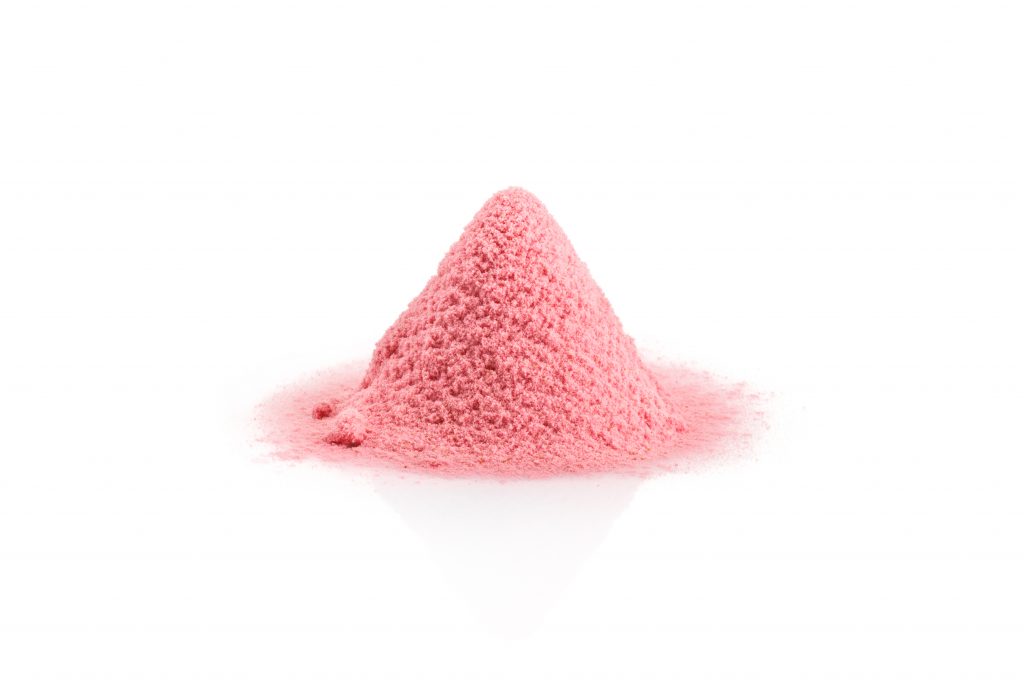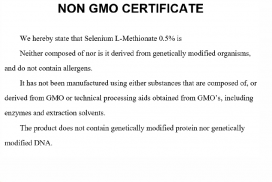What is this blog about?
As a marketer or a seller of a final product, you might wonder what the use of certifications of raw materials is and how their governance works. Good Manufacturing Practice (GMP by FDA) and International Organization for Standardization (ISO 22000:2018/ ISO 13485:2016/ ISO 22716:2007) provides only generic safety requirements for product manufacturing and its delivery to the market.
Generally, either a food supplement, medical device or cosmetics product should not be harmful to health or environment. This definitely sounds too equivocal. To get more details one needs to do dig into national and international regulations. For example, in Lithuania hygiene norm HN 17:2006 ‘Food Supplements’ provides regulation for forbidden list of ingredients for food supplements. Regulation (EC) 1223/2009 by the European Parliament and the Council provides the same information for cosmetic devices.
You say: OK, thanks. I am sure my products do not use any of forbidden materials. So, I’m good.
We say: Not so fast. How do you control the validity of your product’s ingredients even if they are permitted? Do you know how this is governed?
It is all about the risk
It is up to the brand owner or marketer to decide to take by oneself or spread the financial, reputational and legal risks related to the product quality caused by a faulty raw material. Firstly, these have to be known risks. If you are reading this phrase (thank you, by the way), then now you are aware that these exist. Choosing the manufacturer who is compliant with GMP/ ISO quality control standards reduces these risks significantly. Even if all controls are executed and faulty product still gets into the market, certified manufacture is able to trace defective products and has an established process to dispose them.
What raw material features are controlled by certificates?
Major risks coming from raw materials (even if they are not harmful) are microbiological, chemical and physical qualities. Ingredients’ certificates, which compare to a passport, provides quantitative and qualitative measurements of each production batch. This certificate is then provided to the buyer/contract manufacturer to prove that particular component and substances, which were in contact with the component in question, were controlled. Validations are executed following a risk-based approach. For example, citric acid would undergo less microbiological checks than fresh animal-based ingredients. The latter has higher levels of risk and necessitates constant execution of control measures.
Most commonly checked microbiological qualities are:
- Aerobic bacteria,
- Yeast and mold fungus,
- Gram bacteria,
- Escherichia coli,
- Salmonella
Chemical controls are performed for:
- heavy metals,
- Patulin,
- Ochratoxins,
- Aflatoxins,
- Dioxins and polychlorinated biphenyls (PCBs),
- Polycyclic aromatic hydrocarbons (PAHs),
- pesticides,
- allergens
* More information can be found on European Food Safety Authority (EFSA) website
Checks are performed on physical qualities, like the size of particles, form, smell, taste, and colour. In addition to controlling the absence of hazardous substances, certified manufacturer must perform the purity of ingredient or the index of active ingredient in the material itself.
All of the above constantly impact the quality and characteristics of the final product. If you market allergens or GMO (Genetically Modified Organisms) free product it increases the costs as all the controls have to be performed continuously during the manufacturing process (assuming the risks of checking the right batches and given imprecise ingredient validity periods).

Conclusion
As a brand owner, you do not want the risk to materialize into financial losses or deterioration of the brand’s reputation. Neither would you like to admit in the aftermath that you went for the lowest-cost supplier. Recall notices would erode the faith and trust from the consumer hurting long-term profitability. So what should you do?
- Since you take a liability in taking a partner, choose a manufacturer where you both build value over time and not just for that one transaction. This will motivate your manufacturer to invest in quality control processes.
- Start the relationship with a visit and an audit of the production facilities having an independent qualified person by your side.
- Inquire how ingredients are sourced and verified during the audit visit.
- Get familiar with Global Food Safety Initiative (GFSI), which aims at harmonising the variety of standards and certifications.
- Have in view that raw material quality control mechanism costs but it compares to the insurance premium of your brand’s reputation and legal responsibilities. Without this premium, contract manufacturers have incentive or even necessity to cut critical control processes to stay profitable.
- Choose the (certified) partner who will help you to save on raw materials’ inventory costs, but also provide quality and expertise, which in turn may even reduce the risks against doing everything yourself.
- Validate characteristics of raw materials beforehand. Many features are already available in pre-ordering certifications and Material Safety Data Sheets (MSDS) – presence of GMO, allergens, pesticides, or BSE-TSE, information on nutritional values, suitability for vegans, vegetarians, qualifications for Kosher, Halal, and etc.
- Choose material suppliers from the same regulatory environment as your manufacturing facility. This will augment the probability that requirements for products and their raw materials are already aligned.
References to EU regulations:
- Regulation (EC) No 1829/2003 on genetically modified food and feed
- Regulation (EC) No 396/2005 on maximum residue levels of pesticides in or on food and feed of plant and animal origin and amending
- Regulation (EC) No 1881/2006 setting maximum levels for certain contaminants in foodstuffs
- Regulation (EU) No 1169/2011 on the provision of food information to consumers
- Regulation (EC) No 1170/2009 as regards the lists of vitamin and minerals and their forms that can be added to foods, including food supplements
- Regulation (EC) No 2073/2005 on microbiological criteria for foodstuffs
- Regulation (EC) No 1333/2008 on food additives
- Directive 1999/2/EC on the approximation of the laws of the Member States concerning foods and food ingredients treated with ionising radiation








